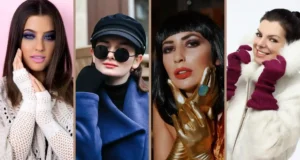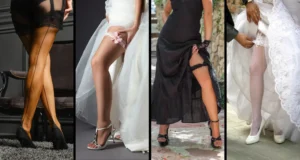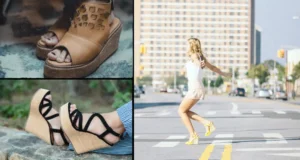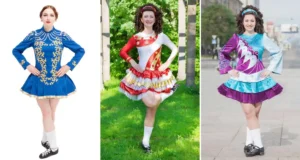Have you ever wondered about those beautiful headscarves known as babushkas? You may spot ladies from Poland and Russia wearing them and ask yourself – why? What makes these scarves so special?
Babushkas hold significance for many reasons. Some Polish and Russian women view them as a way to express their faith. In Orthodox Christian beliefs, women often cover their hair in holy spaces like church out of respect. So, the scarf serves as a sign of religious beliefs.
Tradition also plays a role. Long ago, babushkas sometimes identified married women or those in religious orders, showing their roles. Even now, some ladies appreciate them for keeping treasured customs alive.
Not only that, but babushkas offer practicality, too. On cold days, they keep ears warm and drafts out of hair. While cooking or working, they conveniently hold locks back from the face.
Some see babushkas as beautiful accessories, too. Coming in various vibrant colors and patterns, ladies pick styles that suit different occasions. They even symbolize connecting to heritage for some.
Of course, not everyone chooses to wear them. But for those who do, babushkas hold personal importance, whether due to tradition, faith, function, or expressing themselves. There’s more to these scarves than first meets the eye!
Why do Polish Russian ladies wear babushkas?
Cultural Tradition and Heritage
Polish and Russian ladies wear babushkas to connect them to their rich cultural heritage. Babushkas have been part of their traditions for centuries. Let me share some key points about it:
- Babushkas symbolize the traditional folk costumes of Poland. They represent women’s pride in their cultural identity.
- In rural Russia, many ladies still wear babushkas as their ancestors did. It reminds them of old times.
- Polish and Russian art and literature often feature babushkas. This shows how important they are in expressing the culture.
- There has been a revival of babushkas among young ladies today. They want to appreciate their roots and diversity.
- Wearing babushkas on special days like weddings connects the ladies to past generations.
So, in summary, the babushka is a visible link to Polish and Russian history for the ladies. It allows them to honor rich cultural traditions in a simple way. No wonder they take pride in this headwear and its significance.
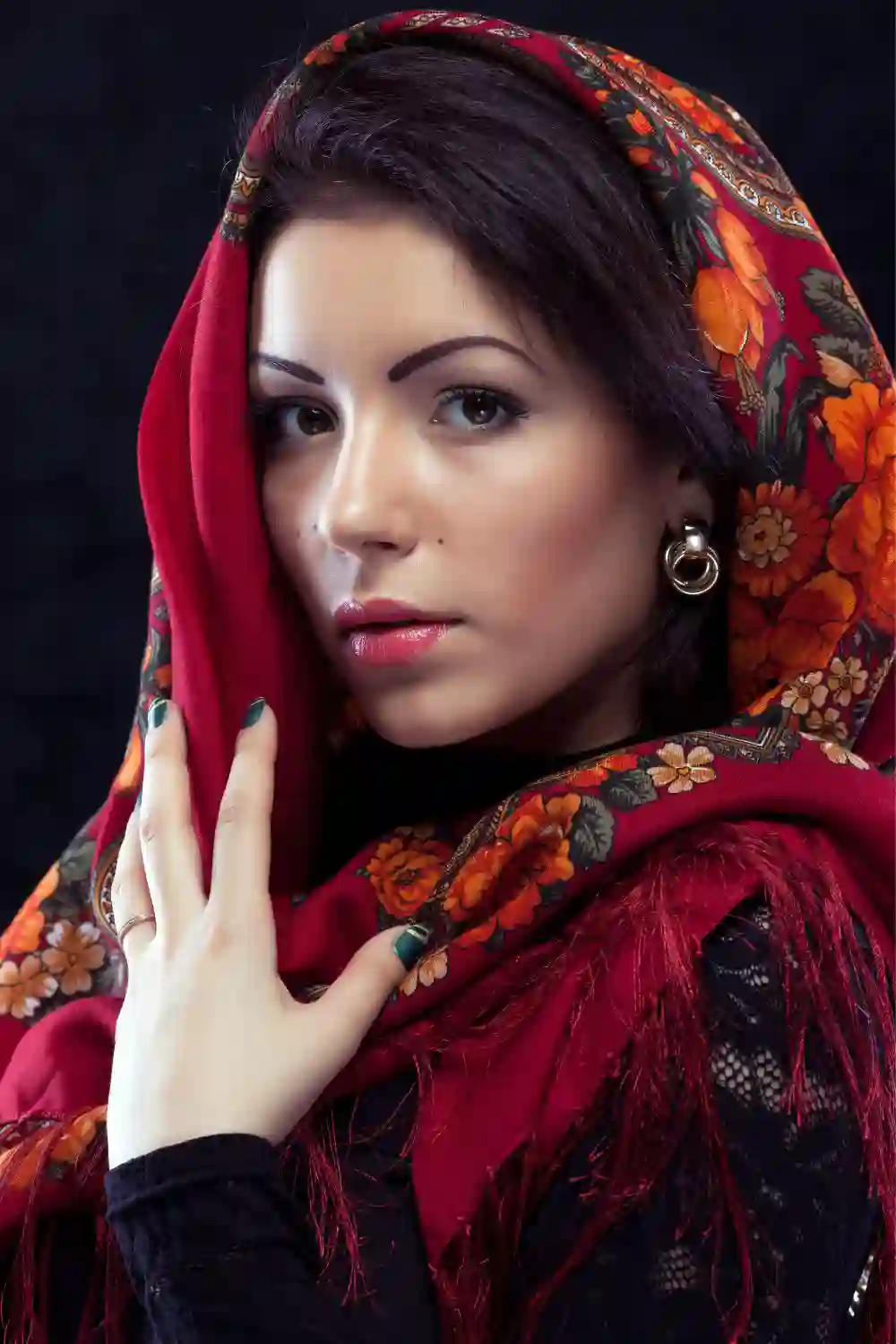
Religious Respect
For some Polish and Russian ladies, wearing babushkas is an act of faith. Their religion teaches the head should be covered in holy places. Let me share some details:
- In the Orthodox church, it is a sign of respect for God to keep your head covered inside the church. Babushkas allow ladies to show piety.
- The belief is it protects women from temptations and helps them focus on prayer. Babushkas symbolize humility before the divine.
- You often see Polish ladies in babushkas during masses and services. It connects them to their religious heritage.
- Russian women visiting monasteries and on pilgrimages, too, prefer babushkas. It demonstrates their dedication to Orthodox traditions.
- So, for some, beyond culture, babushkas are about practicing faith according to religious principles. It allows expressing reverence in a simple way.
In summary, whether due to culture or religion, the head cover connects Polish and Russian ladies to the past. It gives them a way to honor community values in daily life.
Practical Protection
Babushkas also keep Polish and Russian ladies comfortable despite tough weather. Eastern Europe can experience very hot summers and very cold winters. Let me explain:
- In winter, babushkas help you stay warm by trapping heat around your head and neck when it’s very cold outside.
- They protect you from getting chilled by the wind and snow. Polish and Russian ladies don’t want to be uncomfortable!
- In summer, babushkas serve to shield you from the sun. They also stop sweat and hair from getting in your face when it’s hot.
- Their versatility allows using them in different ways, like scarves or hoods. This makes them suited to many weather changes.
- So whether working outside or traveling, babushkas offer practical protection. Harsh conditions call for simple solutions like this headwear.
Keeping comfortable is important. No wonder Polish and Russian ladies rely on their trusty babushkas through varying weather. Practicality matters along with tradition!
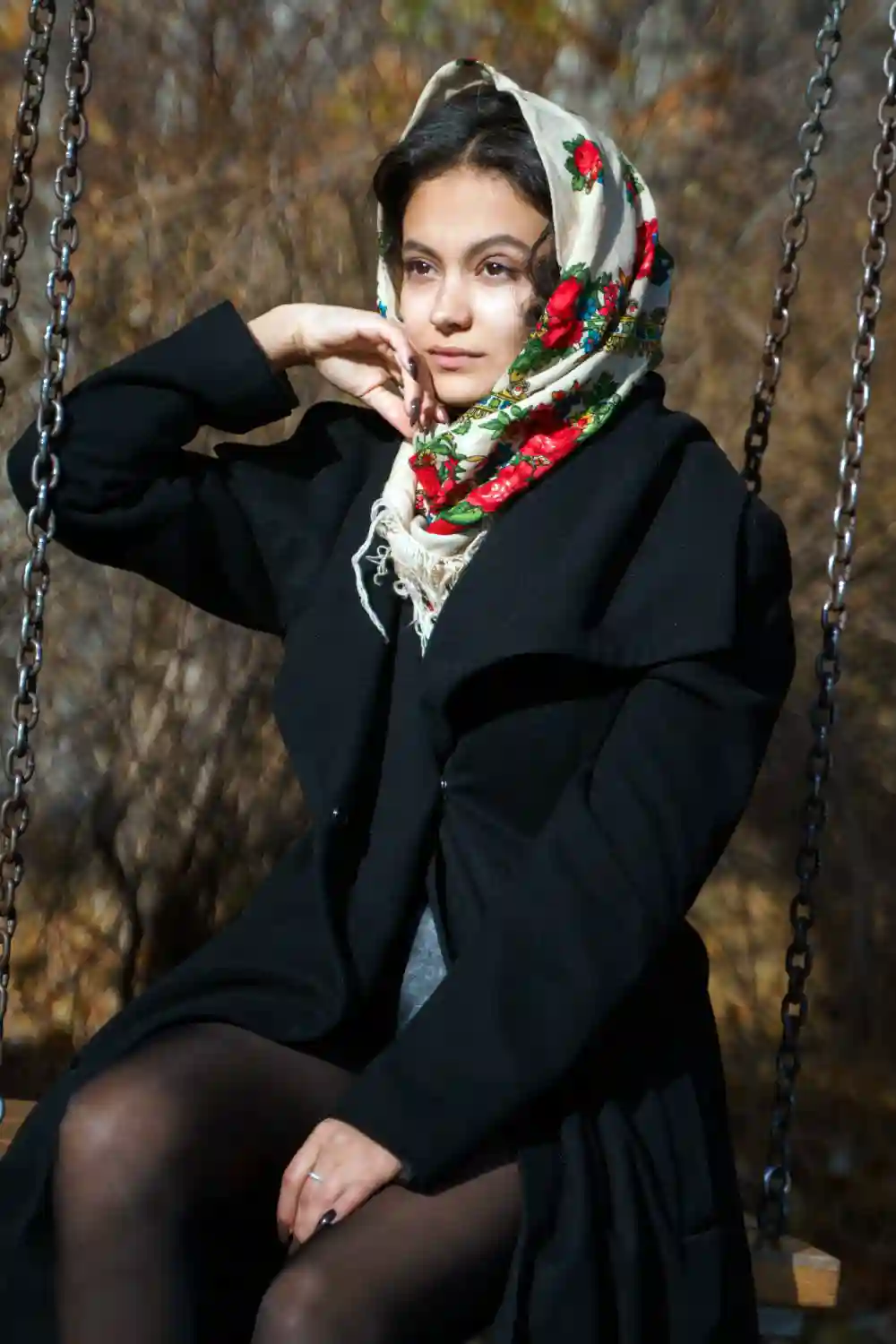
Hair Management and Comfort
Babushkas also help Polish and Russian ladies with hair care and comfort daily. Let me share how:
- In the kitchen or at work, babushkas keep your hair neat and off your face. This avoids the mess and allows focus on the task.
- They cover greasy or messy hair conveniently on busy mornings. No time for washing? A babushka hides this well.
- Babushkas warm, cold hair in winter. This must feel nice if you have short hair during chillier weather outside.
- Whether biking, running errands, or more, your hair stays put without flying about. What a relief!
- Colors and styles allow you to express your personality, too. Some see them as elegant, while others feel proud wearing their traditions.
So whether cooking, working, or playing, you can easily rely on your trusted babushka to handle your hair. Its uses are many for Polish and Russian ladies.
Cultural Identity and Fashion
Babushkas let Polish and Russian ladies express their personalities, too. Did you know…
- They come in many colors and styles. You can match them to your outfit or event.
- Some wear traditional ones with folk costumes. Others pair them with modern clothes casually.
- Accessories like sunglasses or jewelry let you style them differently.
- At festivals, you’ll see creative babushkas reflecting each woman’s interest.
- Even fashion shows showcase stylish babushkas in unique outfits.
- Simply running errands or hanging out, a babushka finishes your look.
So, no matter the reason, ladies enjoy this versatile headwear. Whether tradition or fashion, it represents their roots proudly either way. A babushka shows who you are!
Historical and Religious Significance
Babushkas also has a deep history for Polish and Russian ladies. They trace back beliefs from long ago:
- In the Orthodox faith, it was a sign of respect to God to cover your head in holy places like church.
- Before, married women or nuns usually wore babushkas, showing their roles.
- During mourning, too, babushkas displayed grief for lost loved ones.
- Tradition and faith linked head scarves to spirituality and virtue in communities then.
- Even today, some ladies wear them, honoring centuries of religion in Russia and Poland.
- But others prefer them for fashion, pride in roots or practicality too now.
So, whether past or present, babushkas connect women to heritage through generations. Their history shows respect for customs was important to foremothers. Tradition survives in this simple headwear!
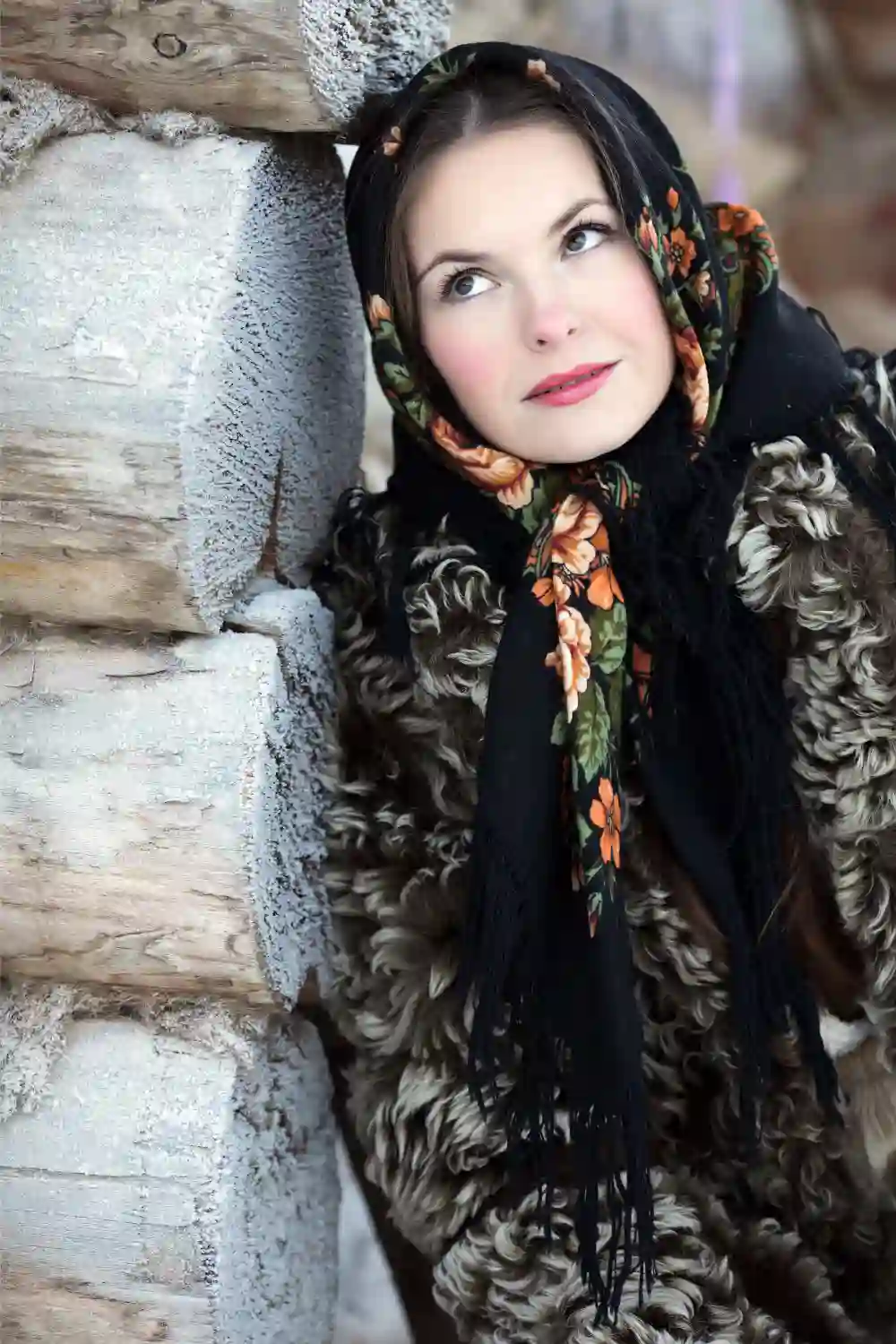
Modern Revival
Babushkas are popular with Polish and Russian ladies now more than before. Their use has seen a modern shift:
- You’ll see young women style them with everyday clothes, not just traditional outfits.
- Versatility lets babushkas match any look, from casual to dressy.
- Celebrating roots through fashion inspires ladies to flaunt their heritage.
- Magazines now feature colorful, creative babushka designs.
- Even runway models sport different babushka looks.
- Some designers make high-end babushkas for those wanting luxury.
So, while traditions remain, ladies now enjoy babushkas freely. Modern need for self-expression focuses on traditions with a new twist. Heritage survives in evolving times through this headwear.
How babushkas have been incorporated into fashion and pop culture
Babushkas have shown up in lots of cool ways in recent years. Celebrities like Rihanna and A$AP Rocky made them popular fashion accessories. Magazines featured creative babushka styles, too.
- Magazines did editorials with models in runway shows wearing colorful babushkas.
- Movies included babushkas, too. Black Widow featured Scarlett Johansson in one. Winona Ryder in Stranger Things wore them a lot.
- Even TV shows like The Crown showed Queen Elizabeth in babushkas sometimes.
- Famous faces like Beyoncé, Lady Gaga, and Victoria Beckham have all rocked the babushka look.
- Social media lets people see these trendy ways to wear babushkas and get inspired.
So whether on the big screen, runway, or a celebrity Instagram, babushkas became more than just tradition. They blended heritage with modern style in fun new ways.
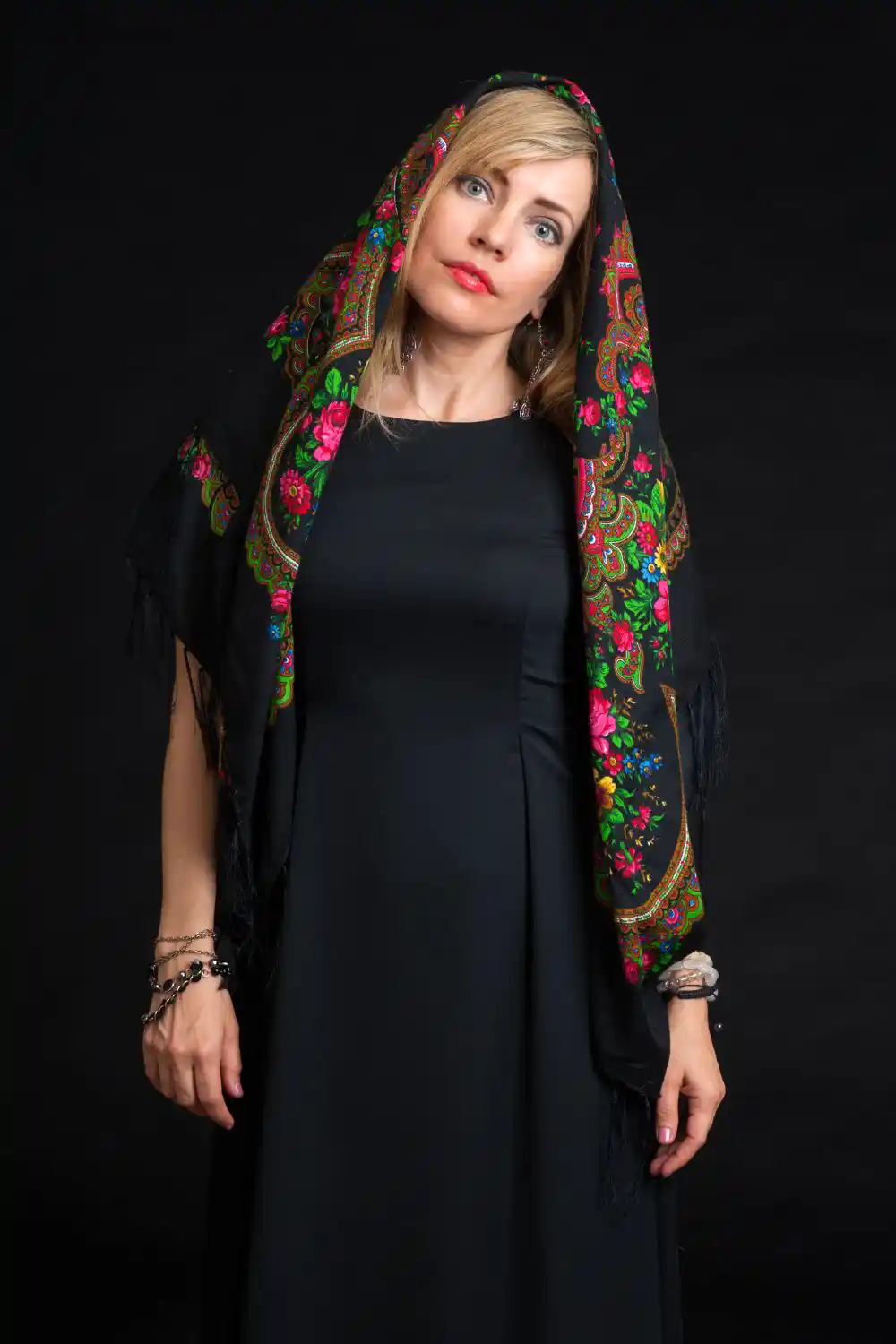
Summary
In closing, babushkas hold deep meaning for many Polish and Russian ladies. Whether through faith, culture, function, or fashion – these scarves represent heritage in simple yet impactful ways. Traditions from generations past inspire pride in roots.
Babushkas connect ladies to rich histories through eras of change. Their versatility serves practical needs, too, from protecting hair in the wind to keeping ears warm. Religious beliefs also find respect through this headwear in holy spaces.
Creative styles now even put unique twists on traditions. Celebrities and runways showcase babushkas’ versatility, blending old styles with contemporary flair. This spreads appreciation for diversity worldwide.
For ladies who wear them, babushkas act as reminders of community, nature, and spirituality linking to ancestors. Their history shows respecting customs.
Whether honoring history or expressing oneself, Polish and Russian women take comfort in this timeless accessory and what it represents. Babushkas connect to identity, faith, and loved ones from the past.
FAQ
Is Babushka Polish or Russian?
Babushka is Russian in origin. Older Eastern European women mostly wear these headscarves. The word “babushka” comes from Russian, meaning “grandma.” Poles use “babcia” instead of babushka for grandmother. But babushkas relate closely to Russian culture history since Russians wore them for centuries for traditions. Even if both Poland and Russia share similar scarves, “babushka” is a Russian word through and through from its meaning of elderly woman.
What does the babushka style mean?
Babushka style means wearing traditional headscarves called babushkas as a fashion trend. It involves tying the scarves around the head in different elaborate ways like twisting or draping. This style is associated with Russian culture but has grown popular for all. You can dress up the babushka style for formal wear or dress it down casually with jeans and shirts. Accessories like hats go well with it, too. The babushka style refers to wearing scarves tied around the head in vintage Russian-inspired ways as fashionable accessories.
What is the story behind the babushka?
The story behind the babushka is long and rooted in Russian culture. Babushka means grandmother in Russian. For centuries, older Russian women have worn traditional cotton headscarves called babushkas for religious reasons and to show humility. They represented modesty. Babushkas were often decorated and could be worn in various ways. While mainly an older woman’s item, younger Russian women now wear babushkas in different colors and fabrics as a fashion statement. They see babushkas as connecting to heritage.
What religion wears babushka?
The Orthodox Christian faith is most associated with women wearing babushkas. In Russia especially and other Eastern European places, older Orthodox Christian women traditionally wore babushkas to church and religious settings as a sign of humility and respect according to their beliefs. The headscarves represented modesty.
Can men wear babushkas?
Yes, men can wear babushkas as fashion statements now. Celebrities like A$AP Rocky have popularized men styling scarves in new ways that challenge gender norms. While babushkas have long been worn mostly by women for traditions or faith in Russian cultures, males today see them as accessible accessories, too. Their popularity grows as men find babushkas versatile and able to pair with various casual or streetwear outfits.
